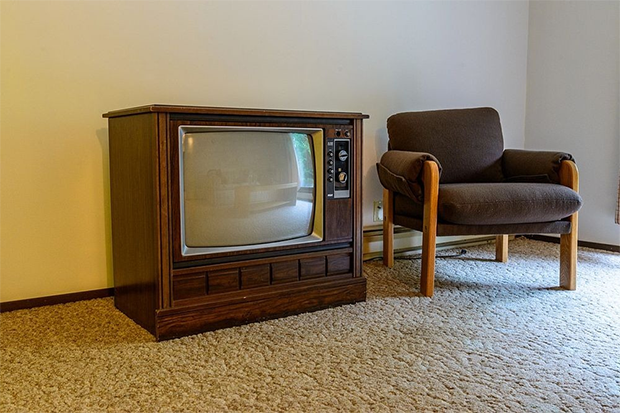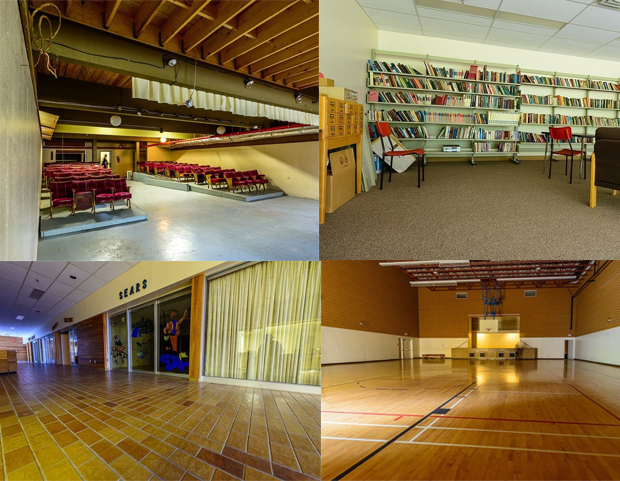|
Think
ghost town and you’ll probably imagine ruins —roofless houses, dirty
broken windows, rotting floors, but at Kitsault, on the North Coast of
British Columbia, Canada, you’ll find rows upon rows of immaculately
kept houses, shopping centers, restaurants, banks, pubs and theaters,
all abandoned and sitting empty but untouched and spotless.
|
|
 |
|
The town’s lights are always on, the streets are lined with neatly
trimmed trees and there are freshly mowed lawns, yet no one has called
Kitsault home since 1982.
The town of Kitsault, near the Alaskan border, situated about 115
kilometers down the gravel road from Terrace, had a very brief
existence. It began in 1979 as a community of workers of the molybdenum
mines.
|
|

|
|
Molybdenum forms hard, stable carbides in alloys, and is often used to
provide hardness and corrosion resistance properties to steel. But just
as life was getting started in this pristine mountain utopia, the market
for molybdenum crashed and the entire town of some 1,200 residents
abandoned it.
the early seventies, but was stopped when profits started to dip. But by
the end of the decade prices were back up again as many of the known
molybdenum deposits in Alaska, British Columbia and the western United
States began to deplete. The American mining company Phelps Dodge jumped
in at the opportunity.
|
|

|
|
A large swath of land several hundred acres in size was prepared for the
town of Kitsault, and a massive construction project, on a scale that
had never been seen in Northern British Columbia, began. Ships arrived
with building supplies into Kitsault’s deep water fiord.
A gravel road from Terrace was hastily built through the mountains.
Engineers and construction workers poured in from all over North
America, drawn by high-paying construction jobs.
|
|
 |
|
More than a hundred single-family homes and duplexes were built, and
seven apartment buildings with over two hundred suites. There was a
modern hospital and a shopping center, restaurants, banks, a post
office, a pub, a pool, a library, and two recreation centers with
Jacuzzis, saunas and a theater. Cable television and phone lines were
laid underground. There was a state-of-the-art sewage treatment plant
and the cleanest running water in the province.
Barely 18 months after the first families had settled in, the molybdenum
market crashed caused by a badly timed recession and the arrival of
molybdenum by-products. The mines closed and people started moving out
and Kitsault was forgotten.
|
|
 |
|
In 2005, India-born American entrepreneur, Krishnan Suthanthiran, bought
the town for $7 million and began charting its revival. Since then, the
millionaire has poured an estimated $25 million on upgrades and upkeep.
More than a dozen caretakers make rounds of the houses and other
structures, checking on their conditions and making repairs. They mow
the lawns, trim the trees and sweep the streets.
|
|
 |
|
Suthanthiran plans to recoup his investments by turning Kitsault into a
hub of British Columbia’s Liquefied Natural Gas (LNG) industry. The
future of the town depends on the success of this LNG project.
|
|
 |